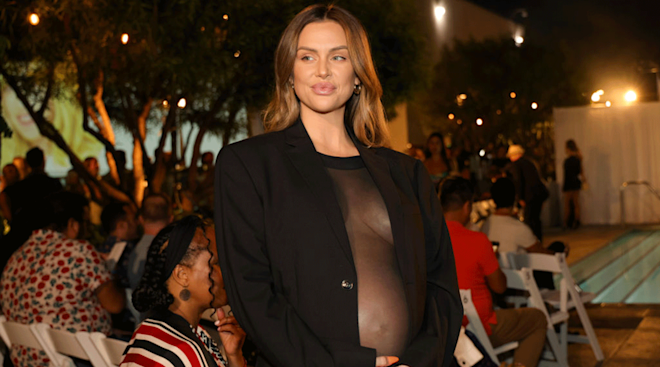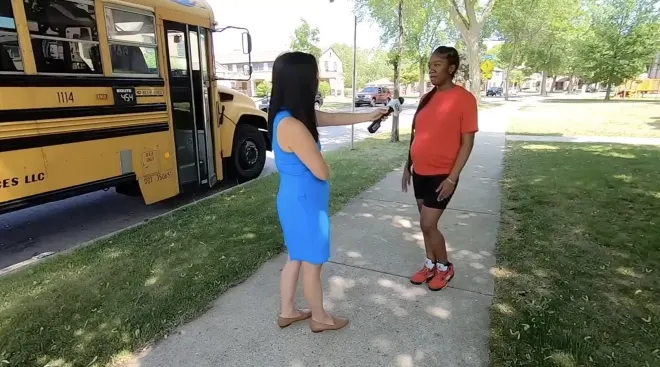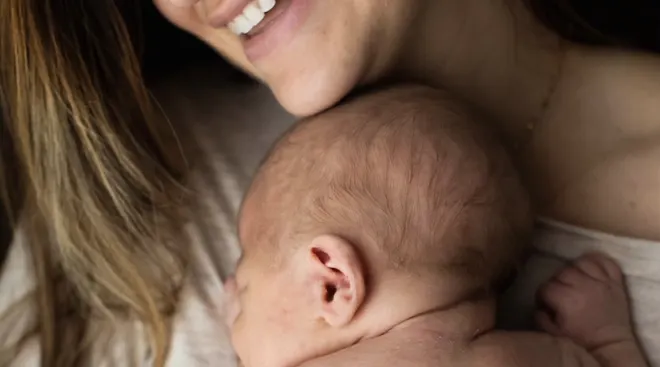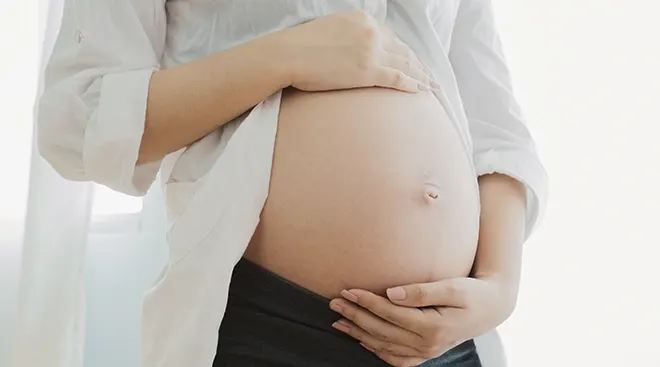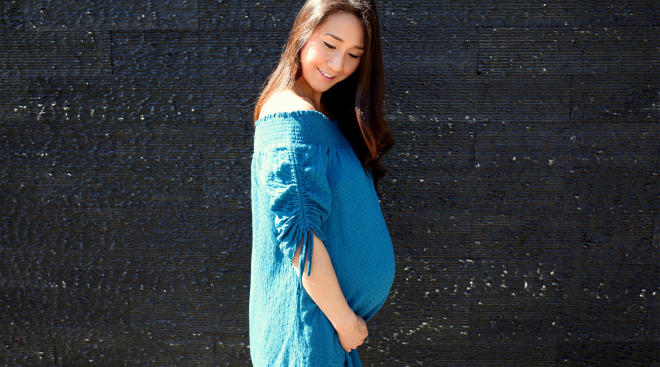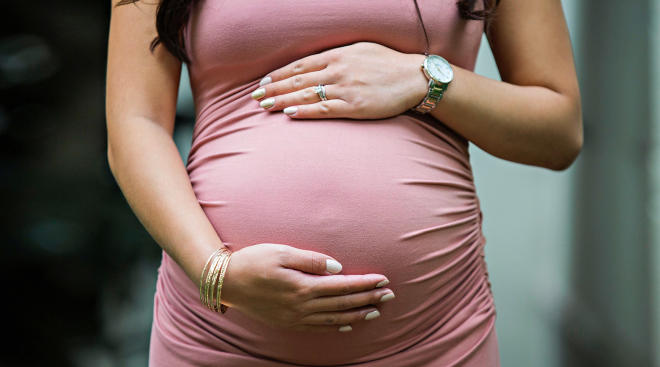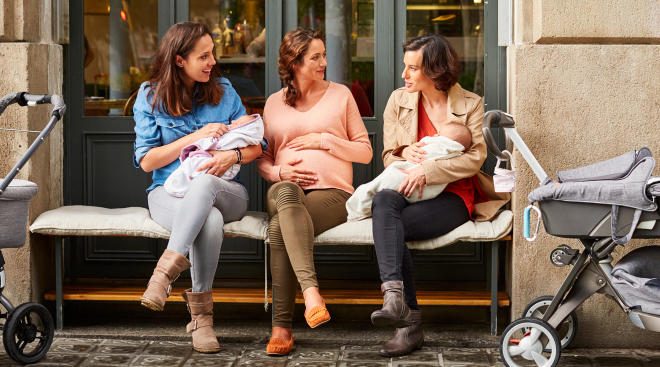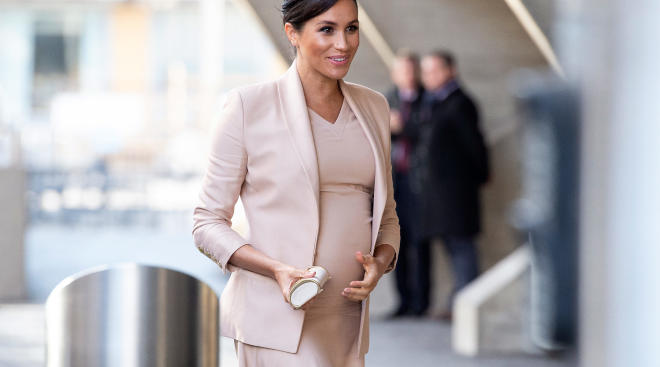CDC: Birth Rates in the US Haven’t Been This Low in More Than Three Decades
Last year, the number of births in the US dropped to its lowest in 32 years, according to provisional data in a new report from the National Center for Health Statistics (NCHS) at the US Centers for Disease Control and Prevention (CDC). The decline in fertility rates and births is a pattern we’ve been seeing for the last several years.
Birth rates declined for nearly all age groups of women under 35, but rose for women in their late 30s and early 40s. This is yet another trend we’ve been watching for quite some time. When the CDC released its National Vital Statistics report for 2017, it reported similar data. For 2018, the birth rate dropped another 7 percent among teenagers ages 15 to 19; 4 percent among women 20 to 24; 3 percent among women 25 to 29; and 1 percent among women 30 to 34, according to the report. There was a 1 percent increase in women ages 35 to 39, and a 2 percent increase in women 40 to 44. The rates for women between the ages of 45 to 49 didn’t change from last year’s findings.
Generally speaking, the number of births for 2018 were about 3.79 million, which is down 2 percent from the year before. After an increase in 2014, it marks the fourth consecutive year those numbers have dropped. Currently, we aren’t making enough babies to maintain our current population, according to the CDC.
The new report was based on birth certificate data from 2018, and although it was able to show trends in birth rates, it can’t say why they occurred. With that said, a ton of plausible options for the steady decline in birth rates come to mind. A survey from last year cites medical issues and financial reasons as a couple of factors weighing in on the decision over whether or not partners will choose to have one or more kids.
Navigate forward to interact with the calendar and select a date. Press the question mark key to get the keyboard shortcuts for changing dates.

































